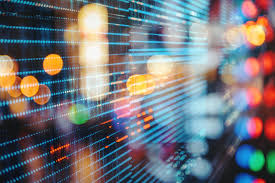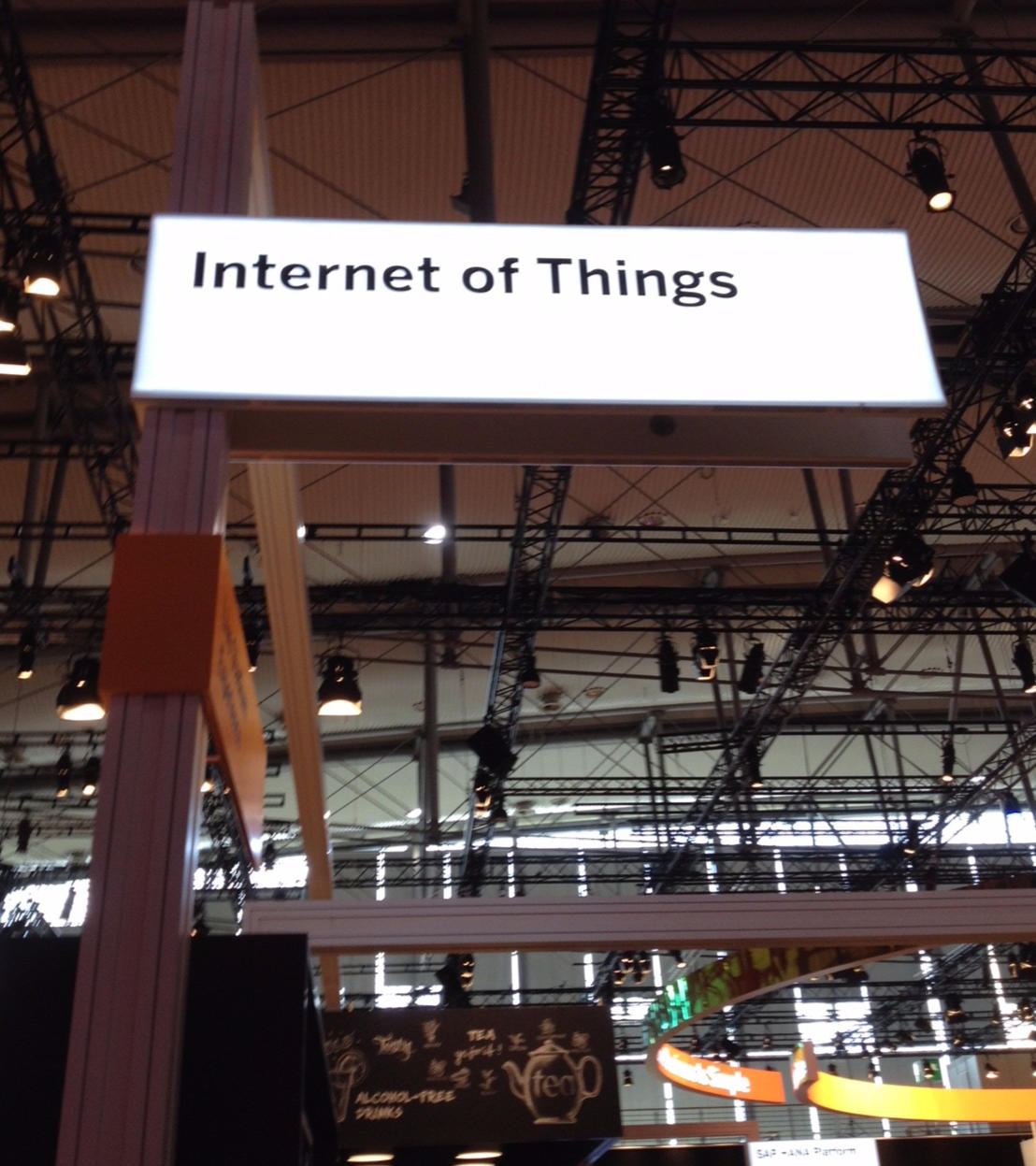Source: analyticsinsight.net
Disruptive Innovation is transforming the world today. Technologies have the power to change a country’s or an industry’s trajectory in terms of financial gains, productivity benefits, and market standing. Some of these, like Artificial Intelligence, robotics, virtual reality augmented reality, RPA, IoT, have expanded the open-end process of potential value of industries in future. Not only that, these technologies have also redefined how enterprises, organizations function, innovate and enhance their customer relations through better services, products and experiences. Let us find out which of these technologies possess capabilities to revamp our immediate tomorrow.
• Artificial Intelligence is one of the technological advancements allowing high-tech businesses to cater to the best of practices to customers and garner much value. It seeks to process and respond to data much like a human would by mimicking our thought process. It is a conglomeration of a diverse range of applications like machine learning, natural language processing, neural networks, computer vision, cognitive computing, and so on. All these shall play a crucial part in ushering in the Fourth Industrial Revolution. Other than that, these software-driven systems and intelligent agents incorporate advanced data analytics and Big Data applications.
• Robotics is one of the most advanced and emerging technologies in the modern technology landscape. It refers to the study of robot technology and an interdisciplinary field of science and engineering dedicated to the design, construction, and use of robots. Robotics makes use of disciplines such as dynamic system modeling and analysis, mathematics, biology, physics, mechanical engineering, electrical and electronic engineering, computer science and engineering, and automation technology.
• Internet of things (IoT) comprises a network of physical devices, automobiles, home appliances, and all those items that are connected to the Internet. IoT provides a platform that creates opportunities for people to connect smart devices such as actuators, electronics, sensors, and others and control them with big data technology. The technology consists of the extension of internet connectivity beyond personal computers and mobile devices. IoT can also reach a wide range of non-internet enabled devices. Almost every industry is making use of the Internet of Things to monitor activities and advance their existing systems.
• Blockchain draws its name from the cryptographically encrypted chunks (called blocks) where information is stored. This information is encrypted data, which is a cryptographic hash map of the previous data, timestamp, and new data. The next successive block contains information about the last block by forming a chain, hence the name. Blockchain provides an architecture that allows us to trust on a decentralized system (Internet or Web) rather than trusting any actor within it. It is a ledger that is shared between multiple entities that everyone can inspect, but not any single user can control it.
• Drone is actually a common term, the more technical name is Unmanned Aerial Vehicles. It is basically a flying robot that can be remotely controlled or fly autonomously through software-controlled flight plans due to embedded systems, working in conjunction with onboard sensors and GPS. They are often used for military purposes because they don’t put a pilot’s life at risk in combat zones. At present, they are used in surveillance, spraying disinfectants, survey agriculture farms, and delivery of food and medicines. In some places, they are used to being the Internet to people who don’t have it and for aerial photography.
• 3D printing or additive manufacturing is a process of producing objects by adding material in layers that correspond to successive cross-sections of a 3D model in a CAD digital file. This is quite the opposite of subtractive manufacturing, where one cuts out a piece of metal or plastic using, for example, a milling machine. It is resourceful in making medical implants, jigs, lightweight parts used in automobile or aerospace industries. It is also used to create prototypes while designing a model. Also, this process can help us create any complex parts in any part of the world, just using appropriate design files.
• Virtual Reality and Augmented reality are used to create an immersive virtual world. In virtual reality, using a head-mounted display (HMD) or headset, one can create or experience a three-dimensional computer-generated environment of imagery and sounds as one chooses to manipulate objects and move around using haptic controllers while tethered to a console or PC. Whereas, in augmented reality, digital information is overlaid on real-world elements. These techs find application is architecture, entertainment, gaming, arts, immersive online classes, and others.
• Cybersecurity refers to the practice of safeguarding networks, servers, devices, programs, and data from hackers. The increasing digitization across every industry, which delivers enhanced advantages to businesses also draws significant cybersecurity challenges. These challenges may include application security, network security, information security, operational security, and end-user security.


